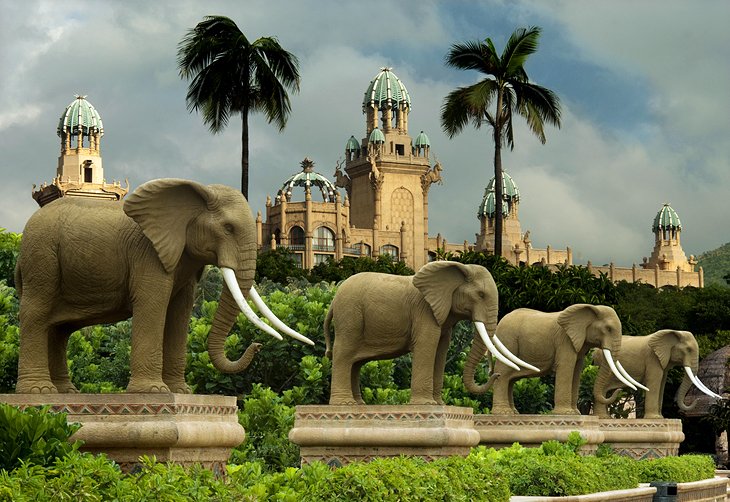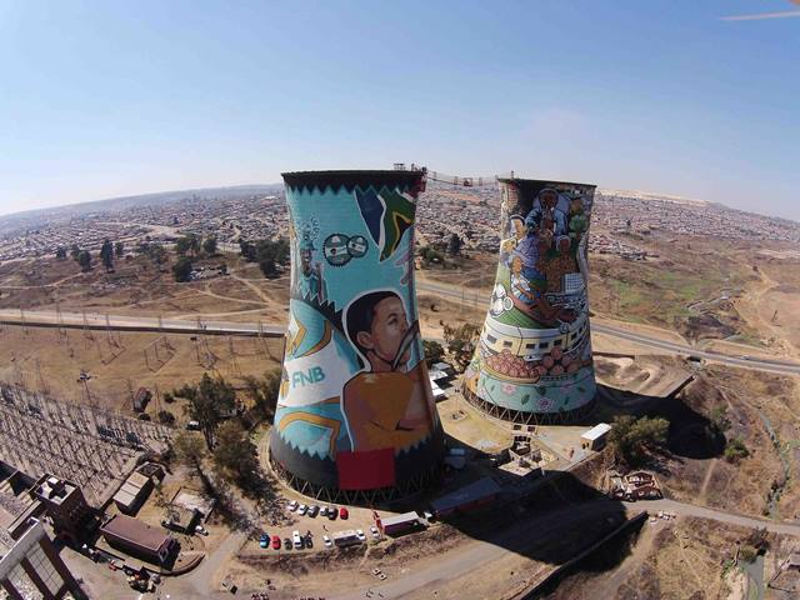The 10-Minute Rule for Johannesburg North Attractions
Fascination About Johannesburg North Attractions
Table of ContentsJohannesburg North Attractions - The FactsThe Best Strategy To Use For Johannesburg North AttractionsHow Johannesburg North Attractions can Save You Time, Stress, and Money.An Unbiased View of Johannesburg North AttractionsThe smart Trick of Johannesburg North Attractions That Nobody is Talking AboutTop Guidelines Of Johannesburg North AttractionsA Biased View of Johannesburg North Attractions
You should keep safety in mind and visitors need to remain alert at all times when in unfamiliar surroundings. Talk with the locals when you remain in town to locate out about the location you are remaining in. Johannesburg North attractions. When on the road (this does not put on shopping center and various other secure settings) ideal general suggestions is to attempt your ideal to look like a neighborhood and to stay clear of displaying any kind of kind of wealth
Rumored Buzz on Johannesburg North Attractions
Teacher Revil Mason O. J. (Thomson, 1946) checked out the Witwatersrand's pre-colonial background. His historical job took off the 'em pty land' misconception, according to which the region was without human habitation prior to the arrival of European inhabitants. In his magazines Prehistory of the Transvaal: A Record of Human Task (1962) and Origins of Black People of Johannesburg and the Southern Western Central Transvaal AD 3501880 (1986 ), Teacher Mason demonstrated the extent of social and financial development in the area prior to Europeans established foot here.

Johannesburg North Attractions - The Facts
In 1878, David Wardrop found gold in quartz veins at Zwartkop, north of Krugersdorp. In 1881, Stephanus Minnaar came across gold on the ranch Kromdraai, near the Cradle of Mankind.
In March 1886, an outcropping (quickly to be called the Key Reef) was found, rather luckily, on Gerhardus Oosthuizen's farm Langlaagte. Some state that the Lancastrian coal miner George Pedestrian uncovered this coral reef. One more travelling English miner, George Harrison (who had previously operated in Australian mines) obtained a prospecting licence in regard of Langlaagte in Might 1886.
He decided to go on in a pursuit for greener fields, and disposed of his Langlaagte claim for the baronial sum of 10. Alas: beneath lay the richest goldfield ever discovered. The exploration of this rich auriferous coral reef prompted a gold rush that indicated the end of agrarian serenity in the southerly Transvaal.
It would certainly, within six years, end up being the biggest community in southern Africa. Within a decade, it would certainly make the Z. A. R. until after that an anarchical and insolvent little state the richest country in Africa. By the millenium, the Z. A. R. was to surpass Russia, Australia and the USA of America to come to be the world's leading gold manufacturer, generating even more than a quarter of the world's gold.
Some Ideas on Johannesburg North Attractions You Need To Know
It was referred to as Ferreira's Camp, called after Colonel Ignatius Ferreira. He was a Boer adventurer upon whom the British authorities had presented the status of Companion of one of the most Differentiated Order of St Michael and St George (qualifying him to the post-nominal letters C. M. G.) in gratitude for his duty in the war that had actually deposed the Pedi king Sekhukhune in 1879.
Two various other camps were developed: Meyer's Camp on the ranch Doornfontein, and Paarl Camp. The latter was nicknamed Afrikander Camp; numerous people from the Cape Swarm cleared up there.

The Only Guide to Johannesburg North Attractions
This name got currency by word of mouth, such that the State Assistant affirmed the name to the Mining Commissioner on 9 October 1886. Stands in the town were auctioned on 8 December 1886. While some stands were cost 10, others were torn down for as little as sixpence.
Two years later on, these erven were to change hands for as high as 750 each. The tented camps dwindled as a dorp of corrugated iron buildings created and increased north of the mines situated along the Main Coral Reef Road. Locations such as Jeppe's Community (where working-class immigrants erected their houses) and Doornfontein (where the wealthy brand-new 'Randlords' began to create their luxurious homes) were soon contributed to the ever-expanding map of the town.
Unknown Facts About Johannesburg North Attractions
Apart from the street names, there were no signs of Johannesburg being positioned in a Dutch-speaking nation. Lots of years later, C. W. Kearns O. J. (one of the very first boys signed up at St John's University in 1898) would recall: 'A weird reality about Johannesburg was that, although it was in the [Boer Republic], almost everybody talked English and even the Government slaves attended to one in English, unless they were first resolved in the Taal (or Low Dutch)'.
Britain had a passion in making sure optimal problems for gold production on the Witwatersrand, and that the web gold was exported to London rather than Berlin a crucial rendered all the more clamant by the Z. A. R.'s increasing toenadering with Germany. Mine owners were on a crash training course with President Kruger, whose policy of monopolistic giving ins (frequently approved to his cronies) avoided mining companies from acquiring materials of materials (particularly dynamite) and why not try here work on their own, less costly terms
Johannesburg North Attractions Fundamentals Explained
In 1890, the Volksraad had limited the franchise business to white men who had resided in the Z. A. R. for fourteen years or longer, thus invalidating the majority of the immigrants (that happened to be the major contributors to the fiscus). Agitation for the vote was a simple pretext for promoting a various schedule; the majority of uitlanders regarded themselves as short-lived site visitors and had no intention of remaining in the Z.